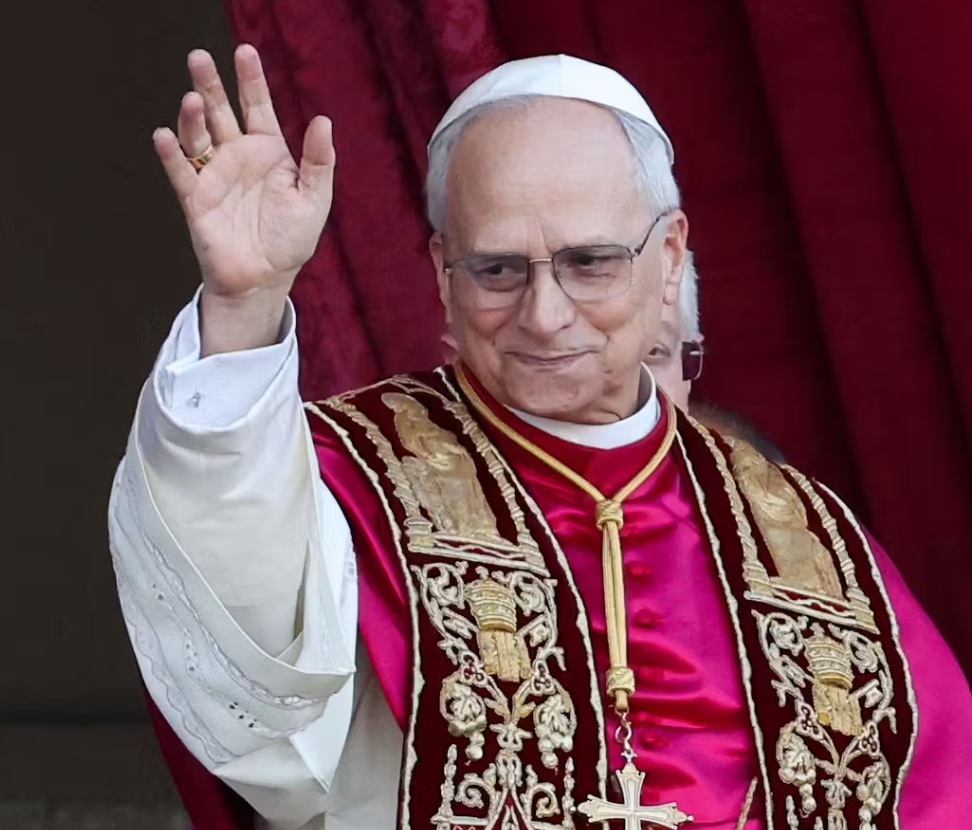Navinder Sarao, known as the “Hound of Hounslow,” gained notoriety for his role in the 2010 “flash crash” of the U.S. stock market, during which $1 trillion was temporarily wiped out in just 35 minutes. Operating from his parents’ home in Hounslow, London, Sarao used a trading strategy called “spoofing” to manipulate market prices. This involved placing large orders to create the illusion of demand, which triggered high-frequency trading algorithms to react. He would then cancel these orders before they were executed, profiting from the subsequent market movements.
Sarao, a self-taught trader, managed to earn $40 million using this technique. His actions were linked to the market crash, leading to his arrest in the UK and a four-month stint in Wandsworth Prison before his extradition to the United States. Despite his involvement in the crash, Sarao did not face jail time in the U.S. due to his autism and the time he had already served in the UK. Instead, he agreed to pay $12.8 million to the U.S. government, which was the amount prosecutors claimed he had earned from his activities.

In the years following his arrest, Sarao collaborated with the U.S. government to help crack down on financial crimes, using his knowledge of trading strategies to assist in investigations. His defense attorneys argued that he saw his trading activities as akin to “winning a video game” and did not use the money for personal luxury, with much of it being lost to fraud.
Sarao’s case has sparked discussions about market manipulation and the ethical implications of high-frequency trading, as well as the challenges regulators face in preventing such activities. His story serves as a cautionary tale about the potential consequences of exploiting financial systems for personal gain.




